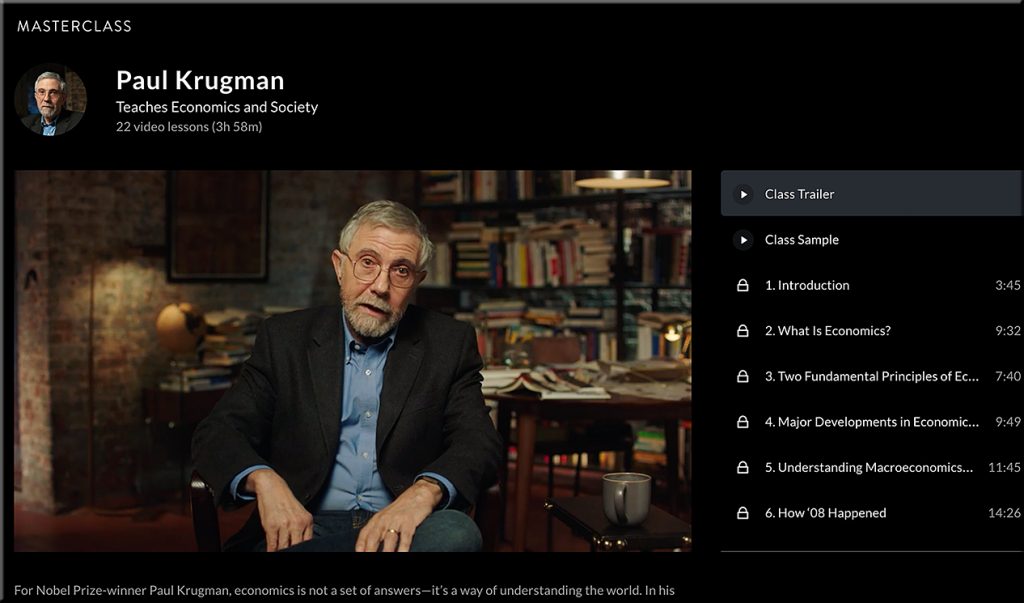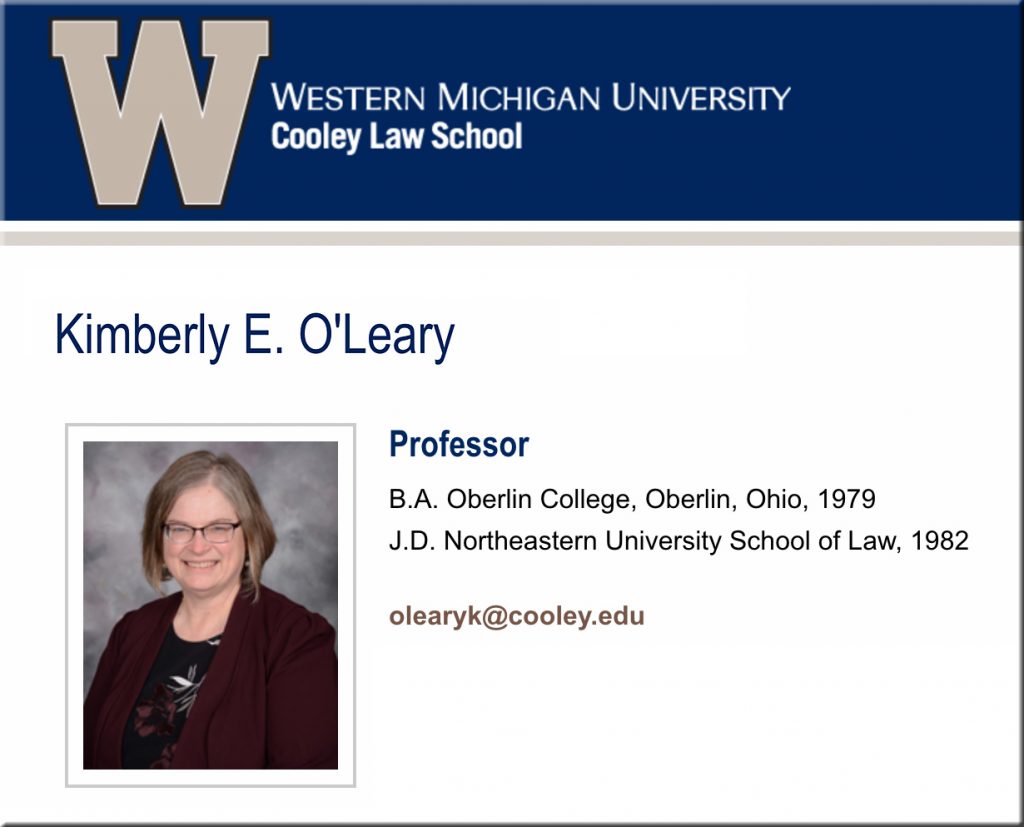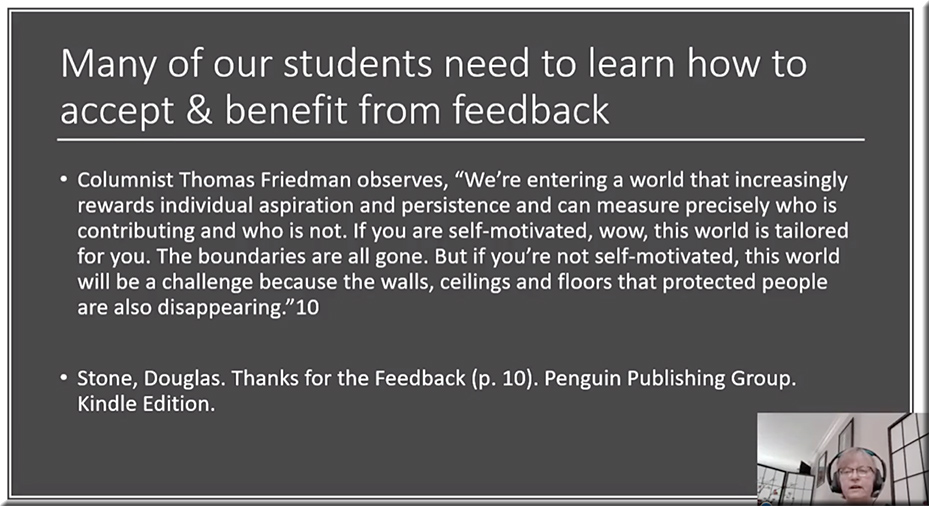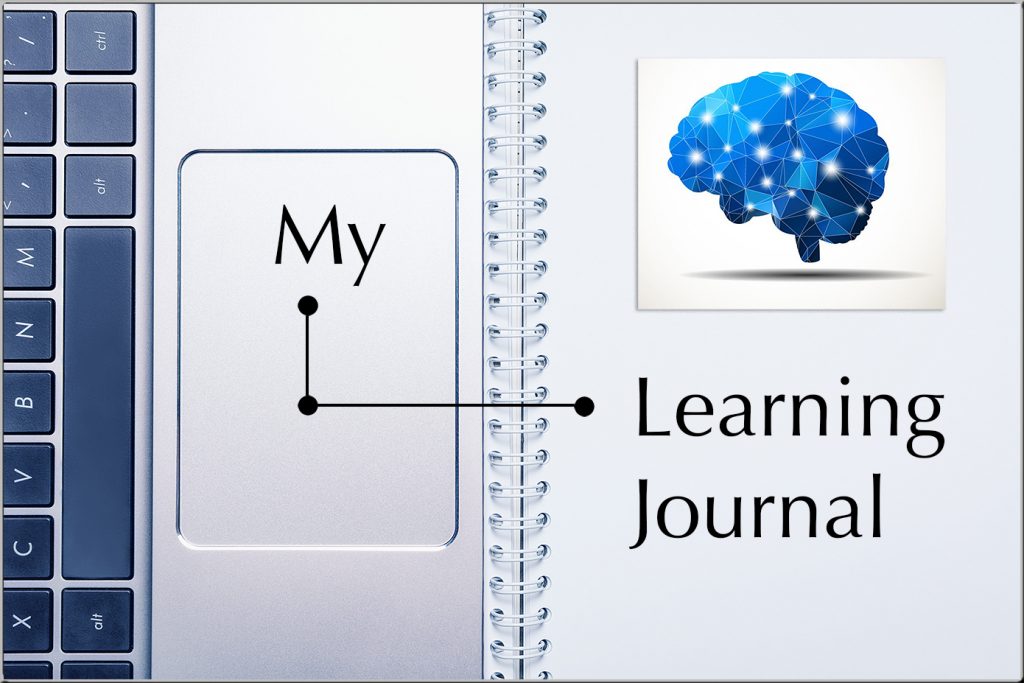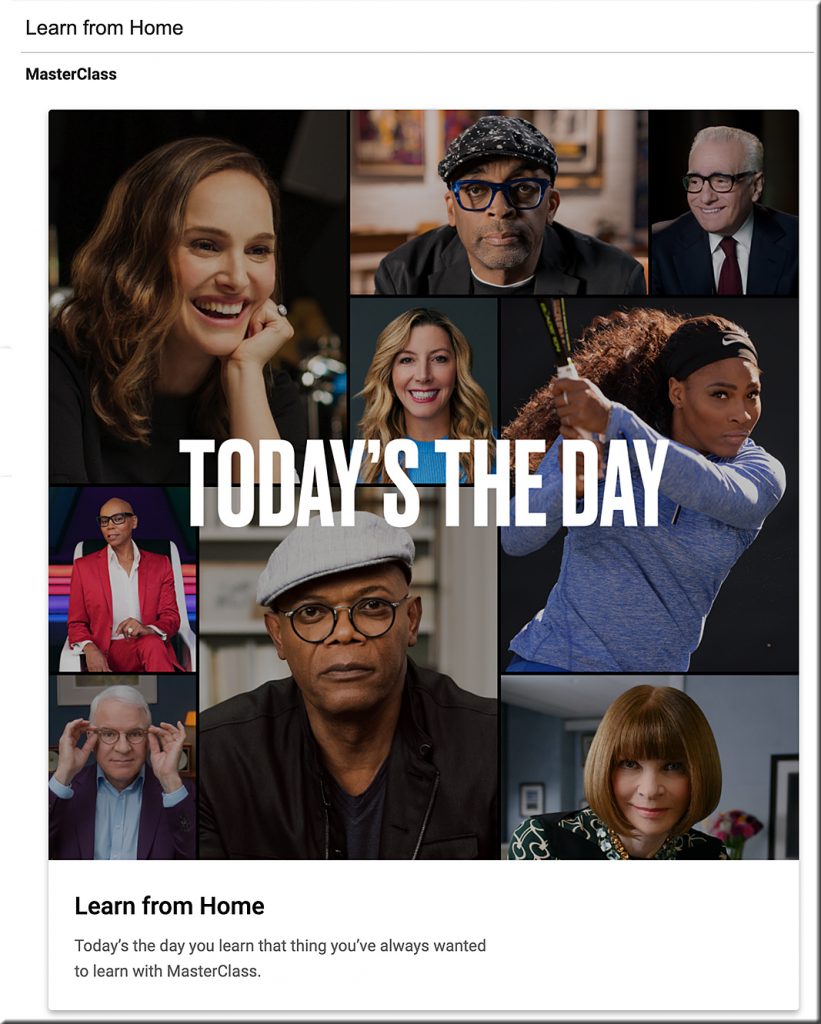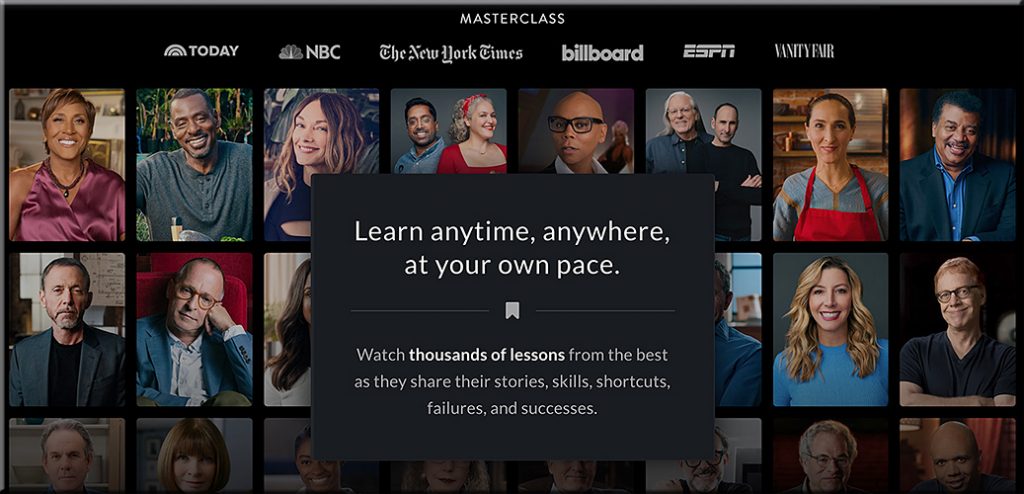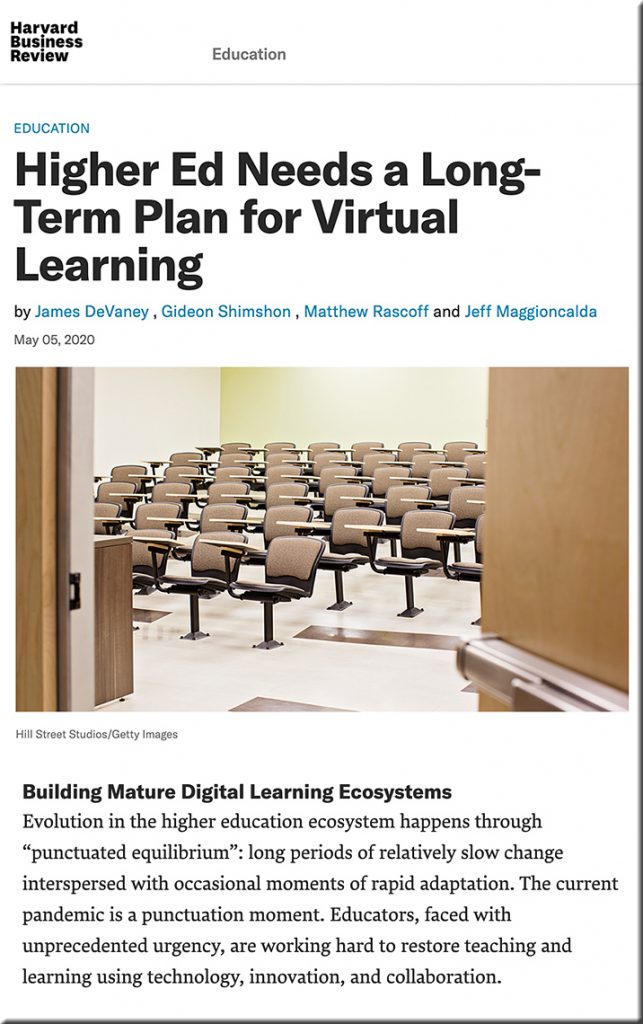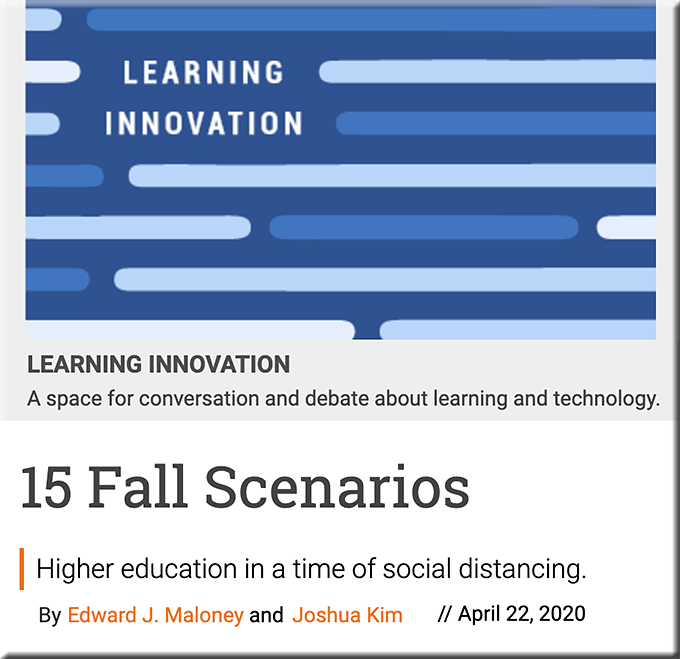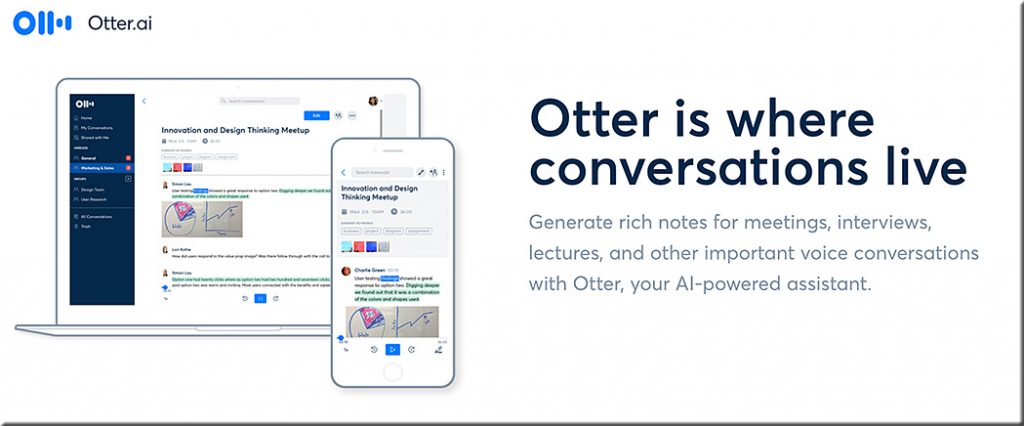Are universities going the way of CDs and cable TV? — from theatlantic.com by Michael Smith; with thanks to Homa Tavangar & Will Richardson for this resource
Like the entertainment industry, colleges will need to embrace digital services in order to survive.
Excerpts:
We all know how that worked out: From 1999 to 2009, the music industry lost 50 percent of its sales. From 2014 to 2019, roughly 16 million American households canceled their cable subscriptions.
Similar dynamics are at play in higher education today. Universities have long been remarkably stable institutions—so stable that in 2001, by one account, they comprised an astonishing 70 of the 85 institutions in the West that have endured in recognizable form since the 1520s.
That stability has again bred overconfidence, overpricing, and an overreliance on business models tailored to a physical world. Like those entertainment executives, many of us in higher education dismiss the threats that digital technologies pose to the way we work.
Information technology transforms industries by making scarce resources plentiful, forcing customers to rethink the value of established products.

From DSC:
I can’t help but hear Clayton Christenson’s voice in the following quote:
An analogous situation prevails in higher education, where access to classroom seats, faculty experts, and university diplomas have been scarce for half a millennium. When massively open online courses first appeared, making free classes available to anyone with internet access, universities reflexively dismissed the threat. At the time, MOOCs were amateuristic, low-quality, and far removed from our degree-granting programs. But over the past 10 years, the technology has improved greatly.









